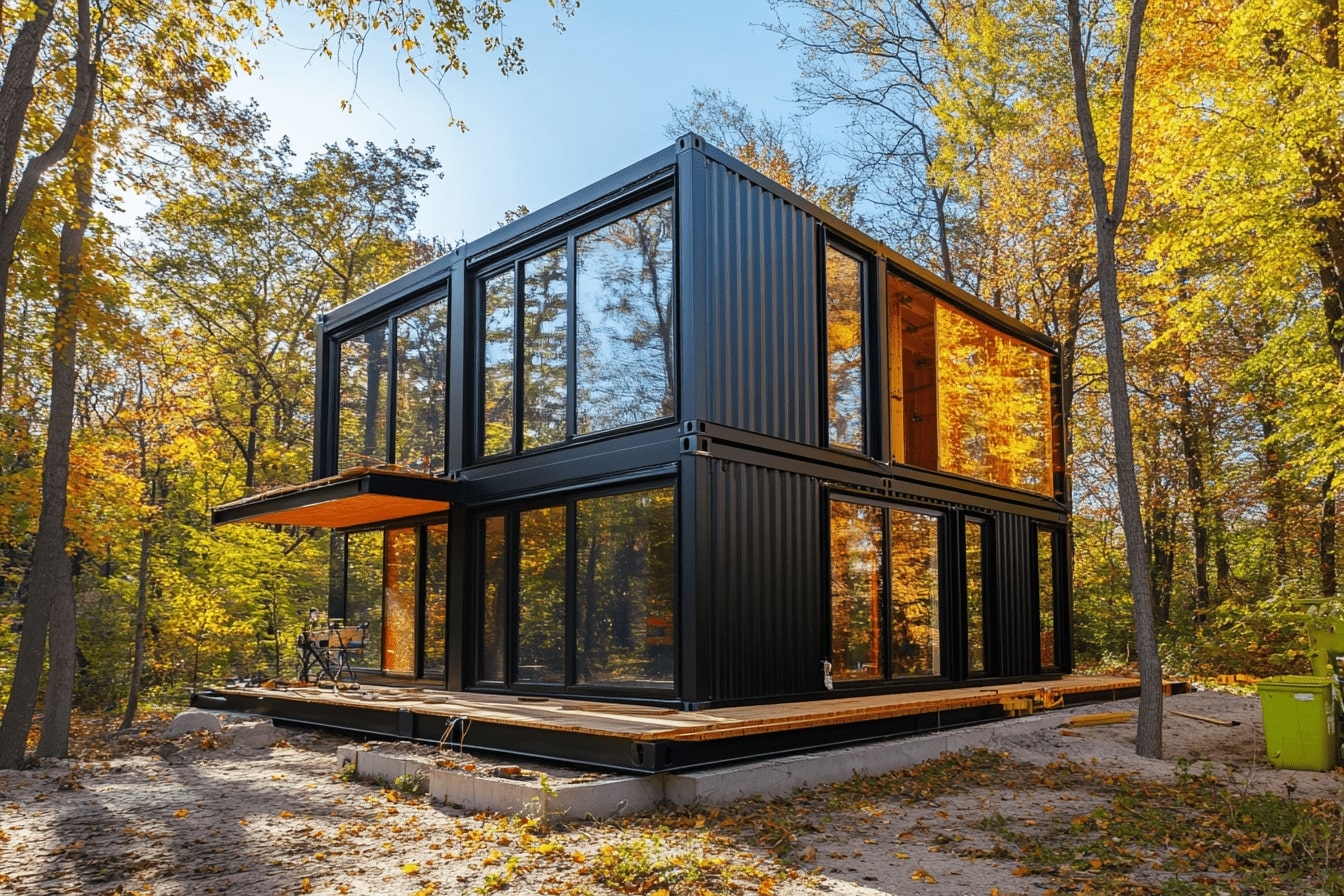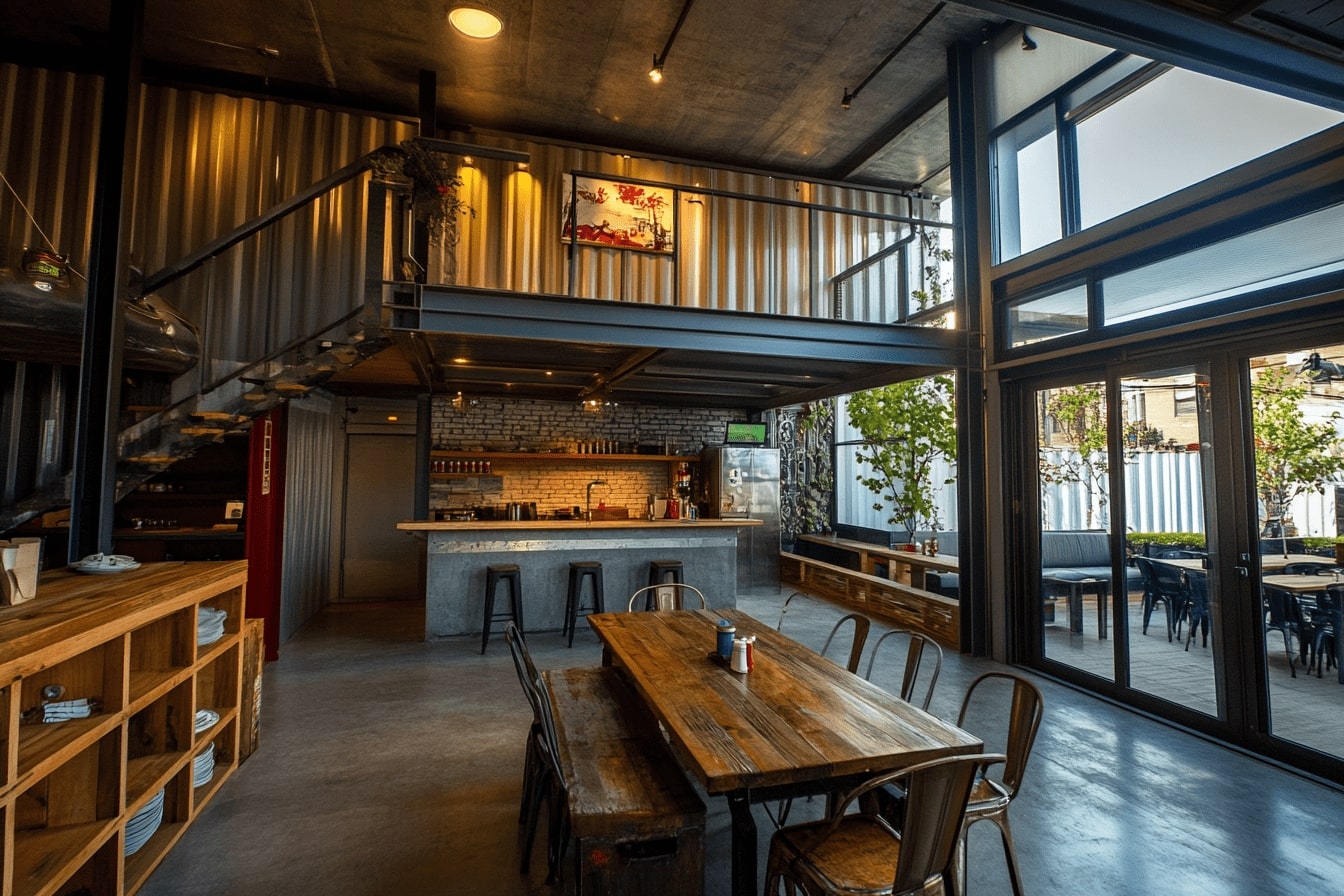- Home
- Articles
- Architectural Portfolio
- Architectral Presentation
- Inspirational Stories
- Architecture News
- Visualization
- BIM Industry
- Facade Design
- Parametric Design
- Career
- Landscape Architecture
- Construction
- Artificial Intelligence
- Sketching
- Design Softwares
- Diagrams
- Writing
- Architectural Tips
- Sustainability
- Courses
- Concept
- Technology
- History & Heritage
- Future of Architecture
- Guides & How-To
- Art & Culture
- Projects
- Interior Design
- Competitions
- Jobs
- Store
- Tools
- More
- Home
- Articles
- Architectural Portfolio
- Architectral Presentation
- Inspirational Stories
- Architecture News
- Visualization
- BIM Industry
- Facade Design
- Parametric Design
- Career
- Landscape Architecture
- Construction
- Artificial Intelligence
- Sketching
- Design Softwares
- Diagrams
- Writing
- Architectural Tips
- Sustainability
- Courses
- Concept
- Technology
- History & Heritage
- Future of Architecture
- Guides & How-To
- Art & Culture
- Projects
- Interior Design
- Competitions
- Jobs
- Store
- Tools
- More
Key Legal Tips for Container Home Builders: A Comprehensive Guide
Discover essential legal tips for building container homes, from zoning laws and permits to land ownership and safety regulations. Learn about securing financing, insurance, and engaging certified professionals to ensure compliance and safety. Equip yourself with the knowledge to create sustainable and legally sound container homes.

Building a container home is an exciting venture that combines creativity with sustainability. However, navigating the legal landscape can be tricky if we’re not well-prepared. From zoning laws to building codes, there are several legal aspects we need to consider to ensure our dream project doesn’t hit any roadblocks.
Before we dive into construction, it’s crucial to understand the key legal tips that can make or break our container home journey. By familiarizing ourselves with these guidelines, we can avoid costly mistakes and ensure our project complies with all necessary regulations. Let’s explore the essential legal insights every container home builder should know.

Table of Contents
ToggleUnderstanding Zoning Regulations
Navigating zoning regulations is crucial for container home builders. Without proper understanding, projects risk delays and non-compliance issues.
Researching Local Zoning Laws
Zoning laws vary significantly by location. Visit your local municipal or county planning office for specific requirements. Websites of local government offices often provide zoning maps and ordinances. Verify whether your property is zoned for residential use, as container homes may face restrictions in certain zones or require special permits.
Obtaining Necessary Permits
Building a container home typically necessitates several permits. Common permits include building, electrical, plumbing, and occupancy. Check with your local building department for a detailed list. Permit applications usually need building plans and specifications. Submit these documents along with the necessary fees to start the review process. Ensure compliance with all regulations to avoid project delays.
Building Codes and Standards
Understanding building codes and standards is essential when constructing a container home. These regulations ensure safety and structural integrity.
Adhering to Structural Standards
Structural standards govern the stability and load-bearing capacity of container homes. The International Residential Code (IRC) offers guidelines for residential structures, including container homes. Modifications to containers, such as cutting openings for doors and windows, must meet these standards to prevent structural weakness. Engineers can provide certification to affirm compliance with relevant structural codes.
Meeting Electrical and Plumbing Codes
Electrical and plumbing systems in container homes must follow local codes to ensure safety and functionality. The National Electrical Code (NEC) outlines requirements for electrical installations, including wiring, outlets, and circuit breakers. Local plumbing codes cover pipe materials, sanitation, and water flow standards. Inspections by certified professionals confirm adherence to these codes, reducing the risk of future issues.

Land Ownership and Leasing Issues
Understanding land ownership and leasing issues is critical when planning to build a container home. Navigating these aspects ensures legal security and compliance.
Verifying Land Ownership
Always verify land ownership before starting any container home project. Use the local property records to confirm the seller’s title. Ensure no liens or encumbrances exist on the property, as these can complicate your build. Consult a real estate attorney to review the title report for hidden issues. Verifying ownership minimizes legal risks and prevents future disputes.
Considering Leasing Options
Consider leasing options if purchasing land isn’t viable. Review lease agreements thoroughly to understand usage restrictions. Verify the lease term aligns with your long-term plans. Ensure the lease allows for the construction of a container home and check for clauses about structural modifications. A secured lease gives flexibility while maintaining legal compliance.
Environmental and Safety Regulations
Compliance with environmental and safety regulations guarantees the longevity and legality of container homes.
Addressing Environmental Impact
Container home builders must assess the environmental impact. Local guidelines often require an Environmental Impact Assessment (EIA). Builders should identify potential environmental risks, such as soil erosion, water contamination, and habitat disruption. Choosing eco-friendly materials and construction methods can help mitigate these impacts. For example, using recycled shipping containers reduces waste and promotes sustainability.
Ensuring Safety Compliance
Safety compliance enhances the stability and safety of container homes. Builders need to adhere to building codes and regulations, which often include structural integrity, fire safety, and electrical standards. Inspections ensure that the construction meets all required safety criteria. Engaging certified professionals for tasks like electrical wiring and plumbing guarantees adherence to standards. Regular safety audits and obtaining necessary certifications can prevent legal complications and ensure occupant safety.

Financing and Insurance Considerations
Understanding financing and insurance considerations for container homes is crucial for a smooth construction process. These aspects ensure financial stability and protect against potential risks.
Securing Financing
Securing financing for container homes presents unique challenges. Traditional lenders may view container homes as unconventional, making approvals more complex. It’s advisable to research lenders familiar with alternative housing. Some banks and credit unions offer specific loan programs for prefab or modular homes, which can apply to container homes.
Example:
- Local credit unions often have more flexible lending criteria.
- Online mortgage lenders may offer specialized loan products.
Having a clear project plan, including estimated costs and timelines, improves chances of loan approval. Personal savings, crowdfunding, and private investors are also viable financing options for container homes.
Obtaining Insurance Coverage
Obtaining insurance coverage for container homes is essential to mitigate risks. Standard home insurance policies may not cover container homes due to their unique construction. Contacting insurers specializing in non-traditional homes increases chances of securing comprehensive coverage.

Example:
- Companies like Lloyd’s of London often insure unique structures.
- Specialty insurers provide tailored policies for modular homes.
It’s important to ensure that the coverage includes property damage, theft, natural disasters, and liability. Providing detailed information about the construction, materials used, and safety features can help obtain appropriate coverage. Regularly reviewing and updating the insurance policy ensures continuous protection as the container home evolves.
Conclusion
Building container homes requires understanding zoning laws, permits, and land issues. First, we should thoroughly research local laws to ensure compliance with zoning regulations, which dictate where container homes can be legally built. It’s crucial to verify land ownership and review lease agreements to ensure legal security if leasing land.
Next, we must comply with environmental and safety regulations. Conducting an Environmental Impact Assessment (EIA) can identify potential environmental issues, and using eco-friendly materials can further assure compliance. Hiring certified professionals ensures adherence to safety standards, especially for tasks like electrical wiring and plumbing.
Securing financing and insurance tailored to container homes is essential. While unconventional, researching lenders who understand alternative housing solutions or using personal savings and crowdfunding can provide necessary financing. Meanwhile, obtaining insurance from providers specializing in non-traditional homes can ensure comprehensive coverage, protecting our investment.
By following these legal considerations, we can confidently build container homes that meet all regulatory requirements and provide safe, sustainable living spaces.
- building codes for container homes
- building permits for container houses
- compliance for container housing
- container home building legal tips
- container home building regulations
- container home compliance guide
- container home construction laws
- container home construction legal guide
- container home construction permits
- container home inspection requirements
- container home law guide
- container home legal advice
- container home legal assistance
- container home legal checklist
- container home safety standards
- container home zoning laws
- container house construction legalities
- container house legal considerations
- container house legal requirements
- guide to container home permits
- legal challenges in container homes
- legal considerations for tiny container homes
- legal guide for container home builders
- legal issues with container homes
- legal requirements for container homes
- understanding container home regulations
- zoning regulations for container homes
1 Comment
Submit your architectural projects
Follow these steps for submission your project. Submission FormLatest Posts
Building a House with Shipping Containers: Affordable, Sustainable, and Stylish Living Solutions
Discover the trend of building homes with shipping containers—affordable, eco-friendly, and customizable...
The Cost-Saving Benefits of Using Storage Containers in Construction
In the first months of 2024, construction input costs jumped 3.5%, tightening...
The Ultimate Guide to Living in a Container Home in the USA: Sustainable and Stylish
Discover the ultimate guide to living in a container home in the...
10 Essential Container Home Interior Design Tips You Need to Know
Discover the top 10 container home interior design tips to elevate your...












This article has some useful information about building container homes, but it seems a bit complicated. I guess I need to look into my local laws more.